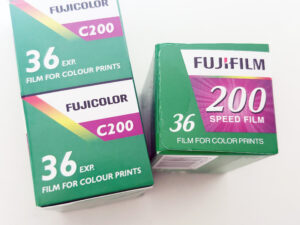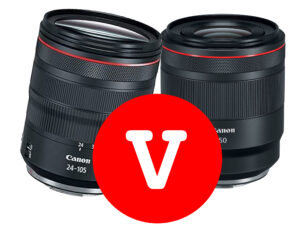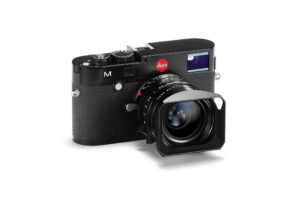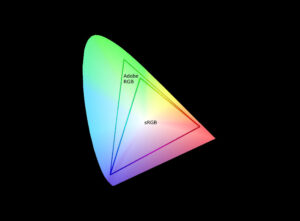In the early 20th century, photography was a cumbersome and laborious process. Large, bulky cameras and fragile glass plates were the standard tools of the trade, making photography an endeavor reserved for professionals or the most dedicated hobbyists. But in 1913, a German engineer named Oskar Barnack at the Leitz factory in Wetzlar, Germany, had an idea that would revolutionize photography forever. His invention, the Leica camera, became the first commercially successful 35mm camera and laid the foundation for modern photography. However, what many don’t know is that the length of a roll of 35mm film—a standard that endured for nearly a century—was determined in a rather unconventional way: by the width of Barnack’s outstretched arms.
The Birth of the Leica Camera
Oskar Barnack was an engineer with a passion for photography. At Leitz, a company known for producing precision optics, Barnack was tasked with developing a compact camera that could use 35mm film, which was then primarily used for motion pictures. Barnack’s vision was to create a small, portable camera that could take high-quality photographs while being easy to carry and use—a significant departure from the bulky, plate-based cameras of the time.
In 1913, after years of experimentation, Barnack succeeded in creating the Ur-Leica, a prototype that used 35mm cine film to capture still images. This breakthrough would eventually lead to the development of the Leica I, the world’s first mass-produced 35mm camera, in 1925. The Leica camera’s small size, ease of use, and ability to take multiple shots on a single roll of film made it an instant success and a favorite among photographers worldwide.
The 35mm Film Standard
One of the critical decisions Barnack faced was determining how long a roll of 35mm film should be. At the time, there was no standard length for 35mm still photography film, as it was primarily used in the movie industry, where the film was loaded into large reels. Barnack needed to establish a standard that would be practical for photographers and compatible with his new compact camera design.
According to legend, Barnack’s solution was as simple as it was ingenious. He reportedly determined the length of the roll by measuring the distance between his outstretched arms. This length, approximately 1.65 meters (about 5.4 feet), allowed for 36 exposures on a single roll of 35mm film—a number that became the industry standard for decades.

Barnack’s method was not only practical but also symbolic of the hands-on, artisanal approach that characterized the early days of Leica and the broader world of photography. The decision to base the film length on a human scale—a physical measurement taken from the creator himself—adds a personal touch to the technical specifications that would go on to influence generations of photographers.
The Impact on Photography
The 36-exposure roll of 35mm film became a cornerstone of photography, allowing photographers to capture a significant number of images before needing to reload. This innovation, combined with the portability and ease of use of the Leica camera, democratized photography in a way that had never been seen before. Photographers could now take their cameras anywhere, capturing candid moments, street scenes, and spontaneous events with unprecedented ease.
The standard established by Barnack also had a profound impact on the design and function of future cameras. The 35mm format became the basis for a wide range of photographic equipment, from point-and-shoot cameras to professional SLRs, and remained dominant well into the digital age.
A Legacy Measured in Photographs
Oskar Barnack’s contributions to photography extend far beyond the technical innovations he pioneered at Leica. By establishing the 35mm film standard based on something as personal as the span of his arms, Barnack left a legacy that is as much about the human element of photography as it is about engineering and precision.
Today, while digital photography has largely replaced film, the influence of Barnack’s decisions can still be felt. The 35mm format continues to be revered by photographers who appreciate the tactile experience of shooting with film, and Leica remains a symbol of quality and innovation in the photographic world.
In a way, every 36-exposure roll of 35mm film is a tribute to Barnack’s vision, his craftsmanship, and the simple yet profound measurement that defined a century of photography.







































































